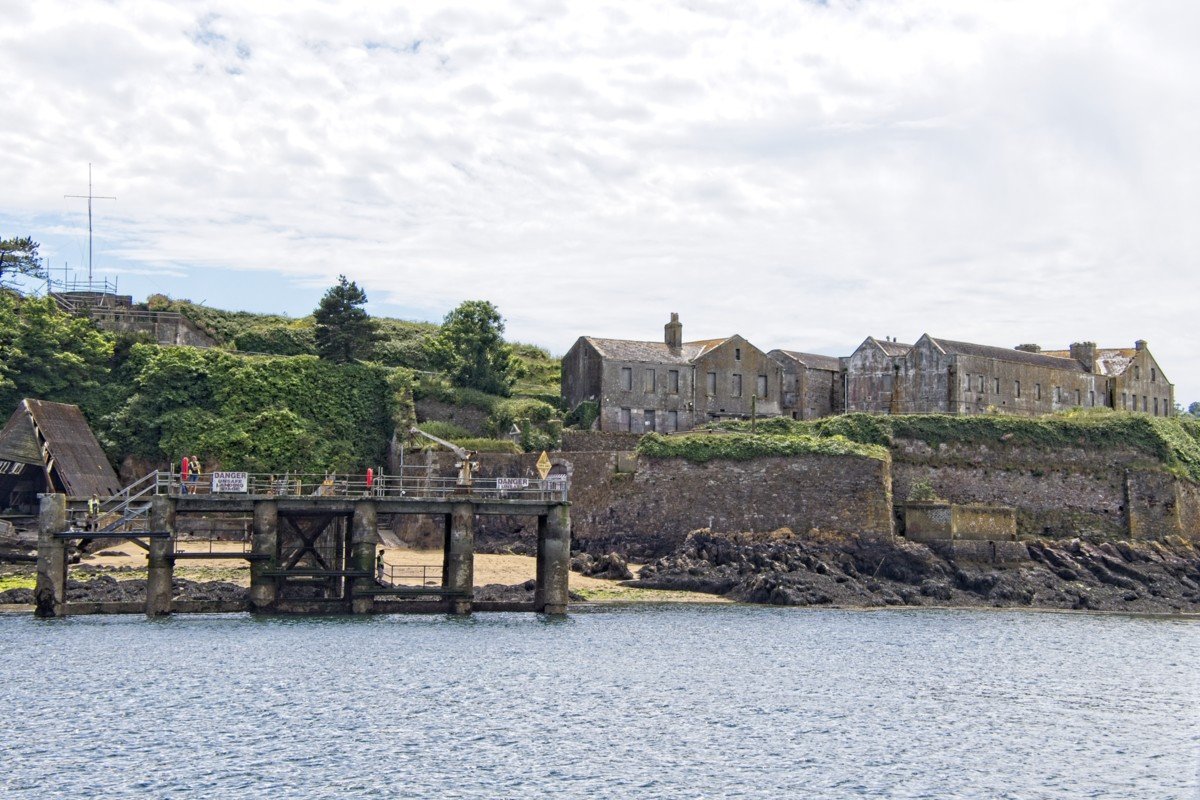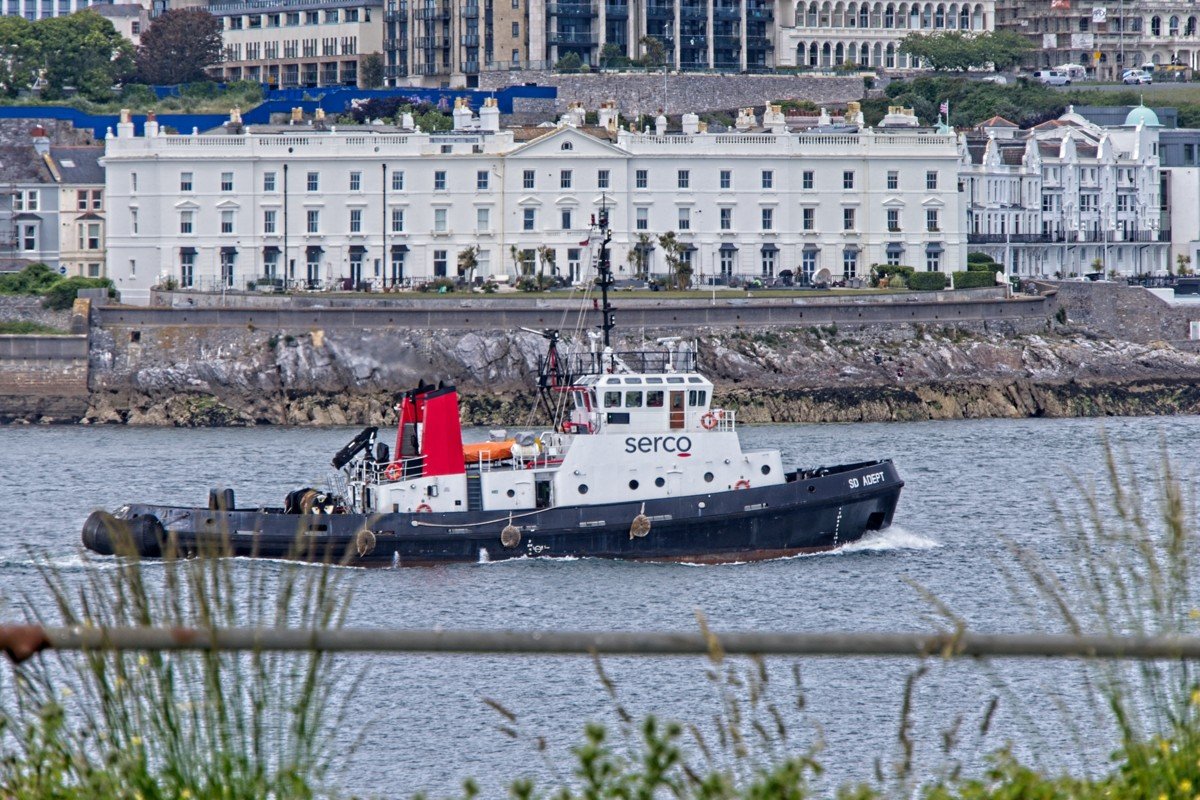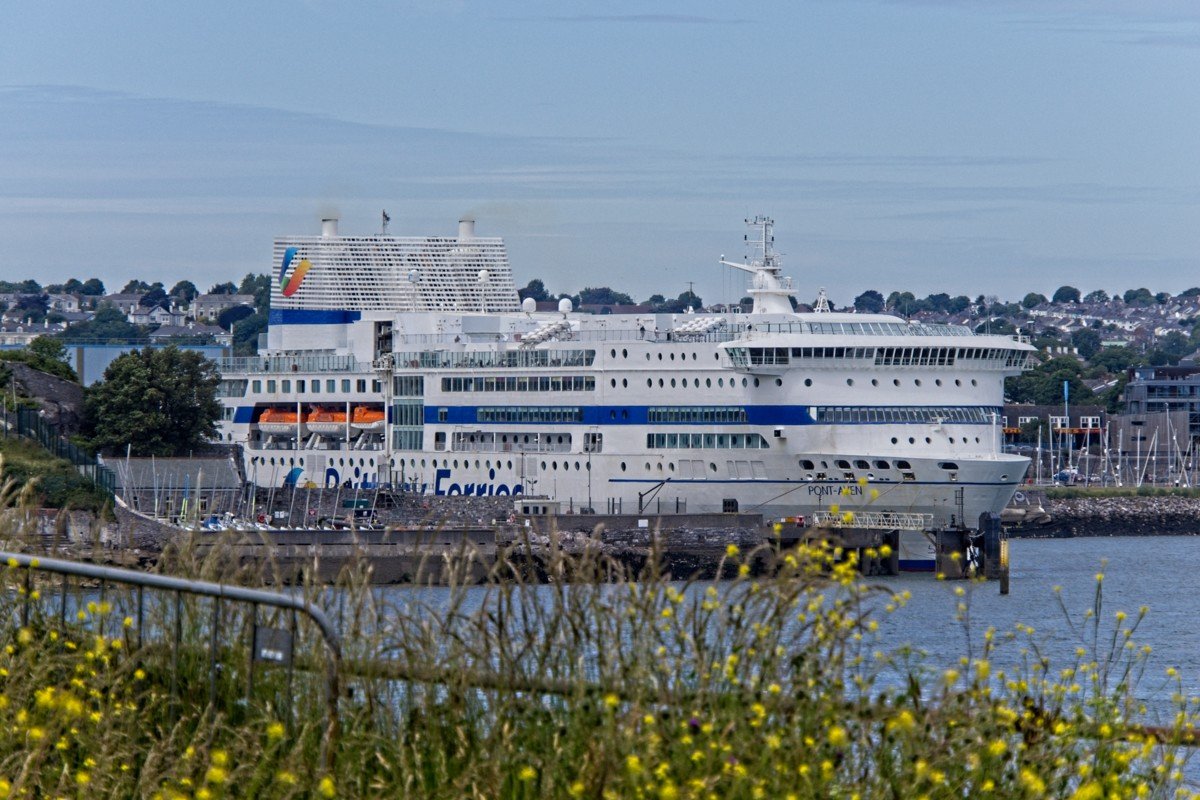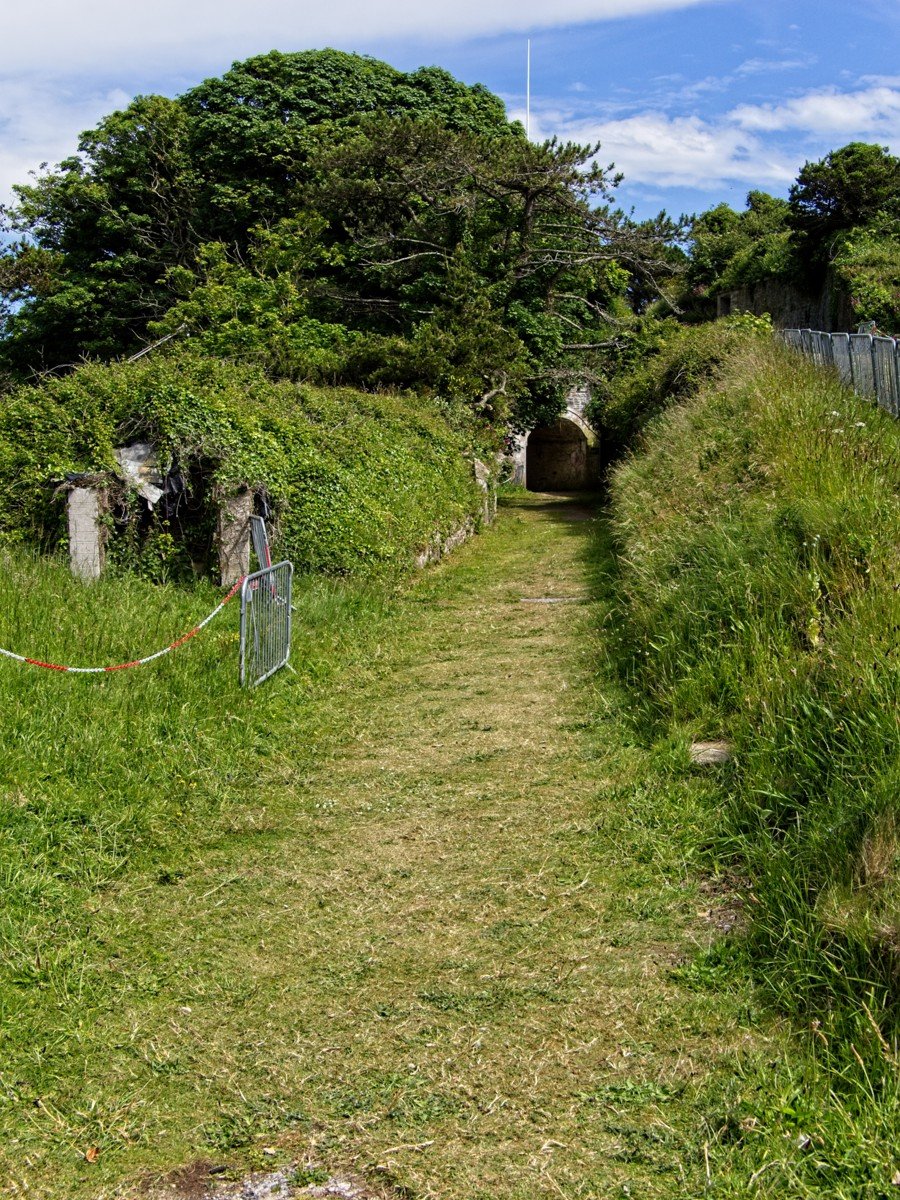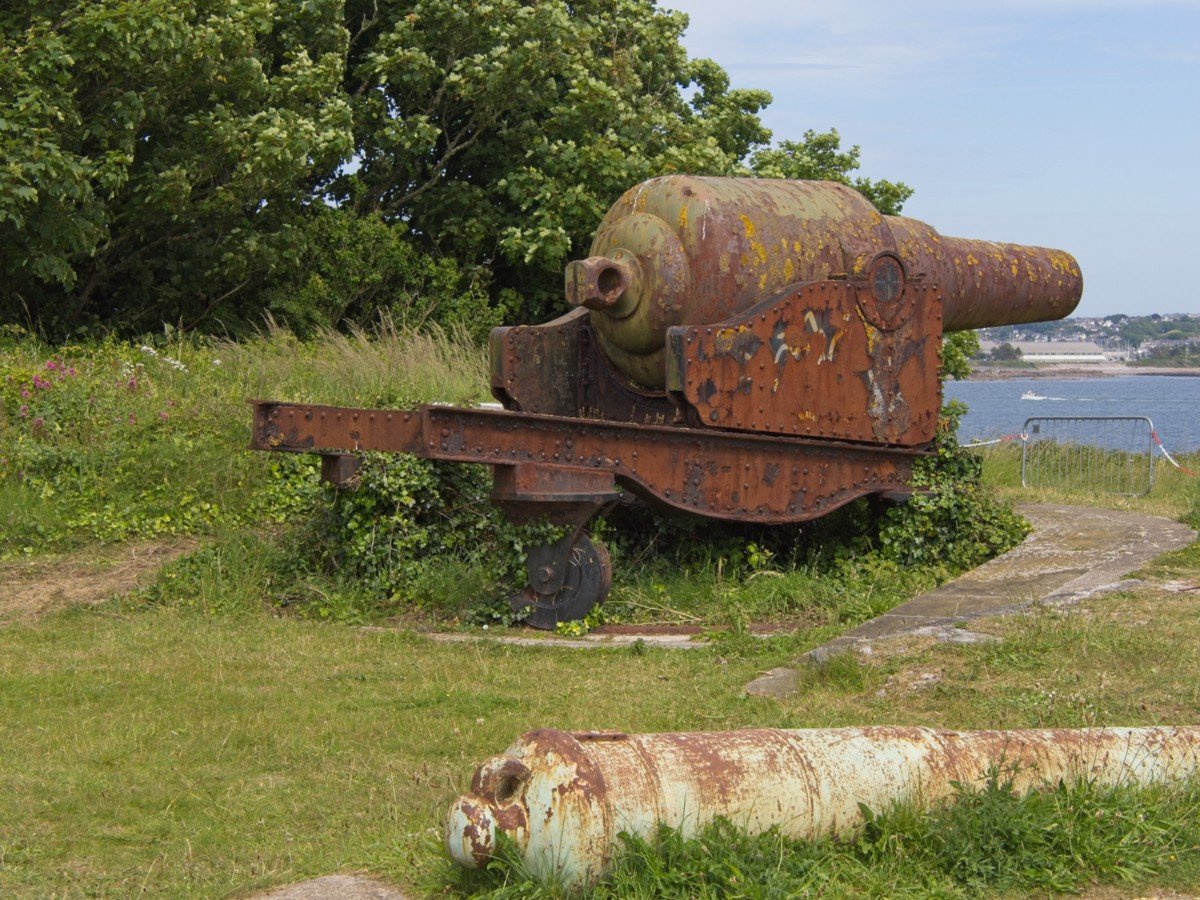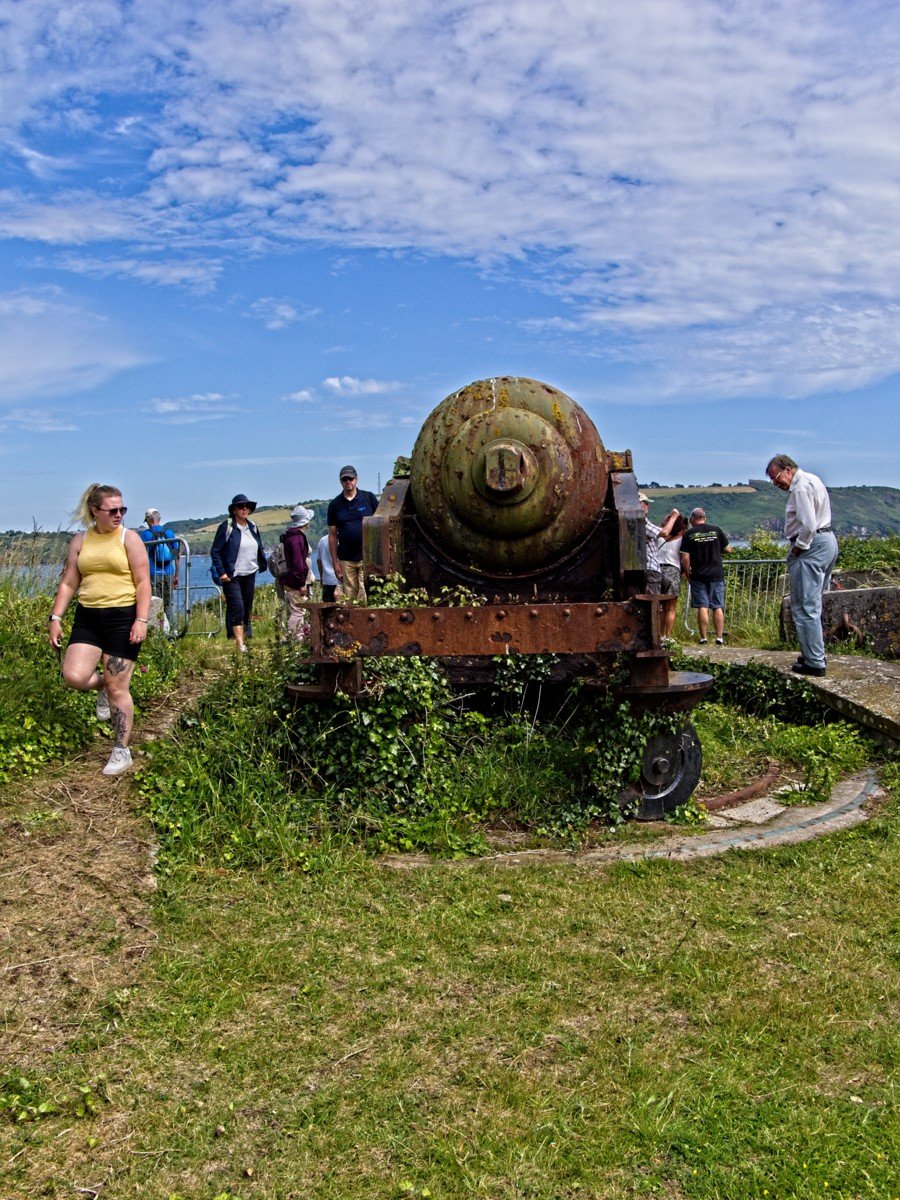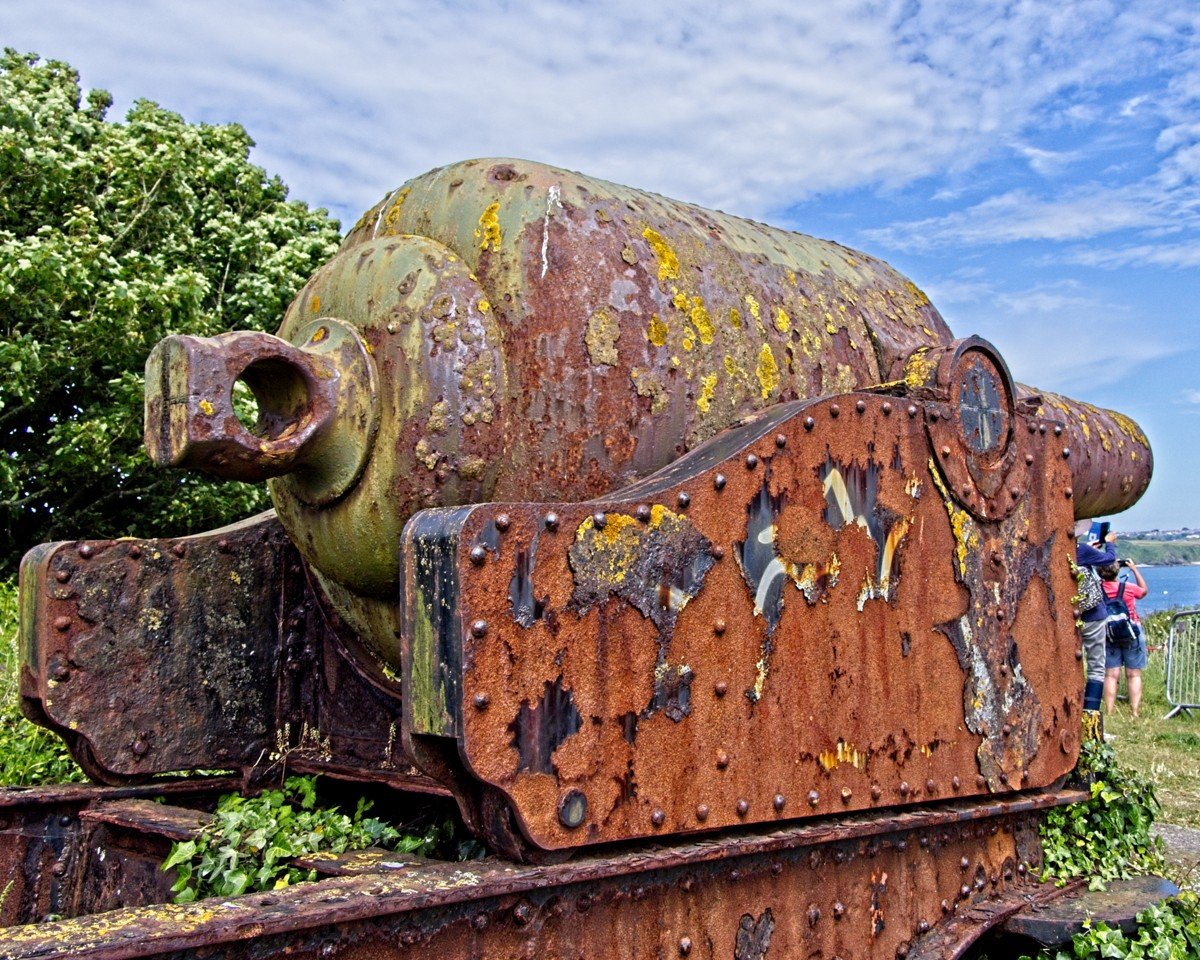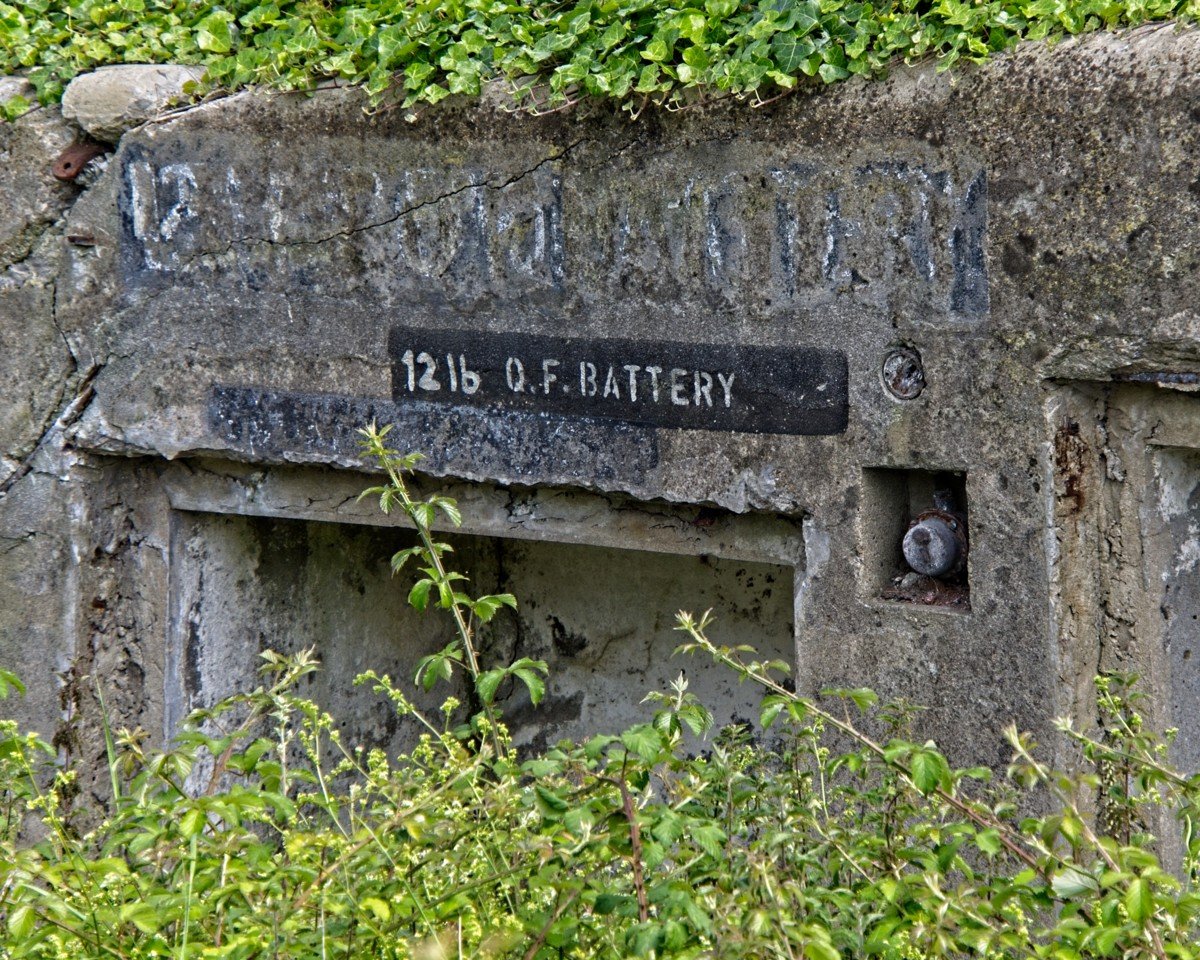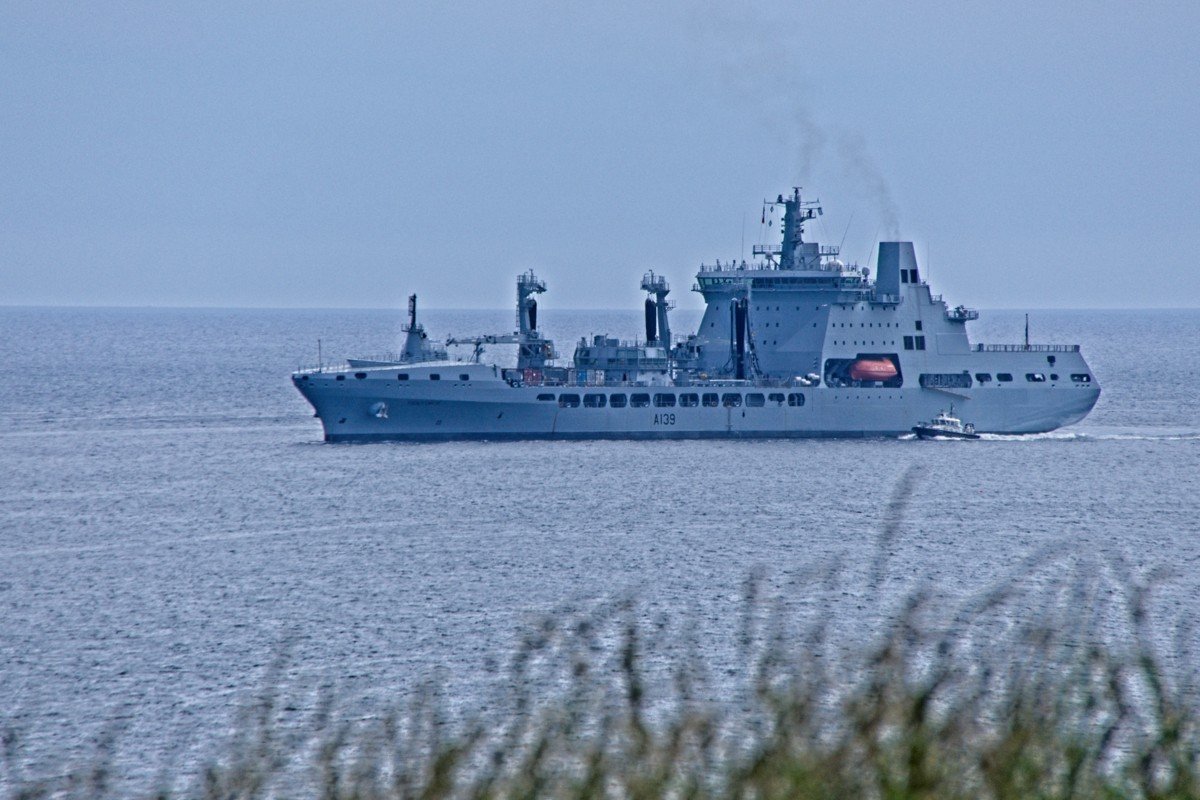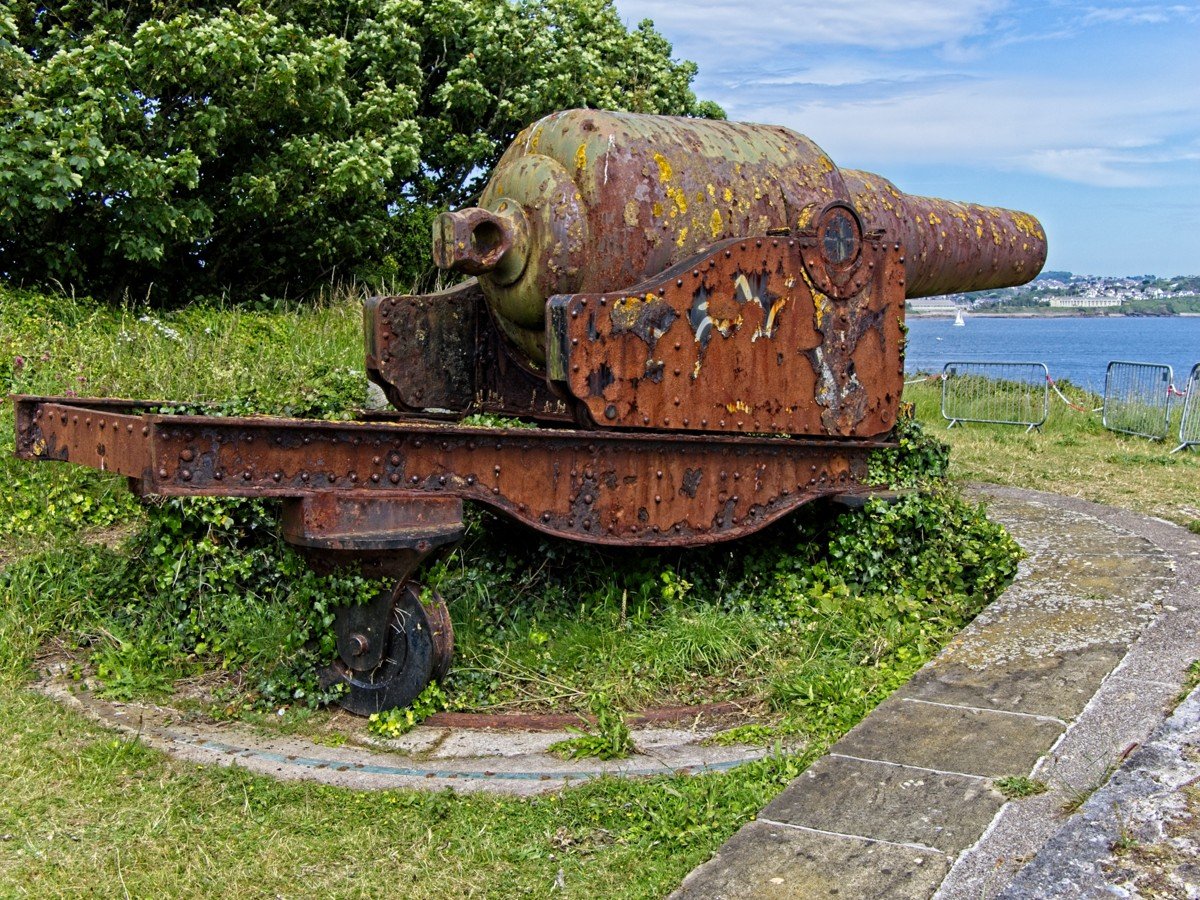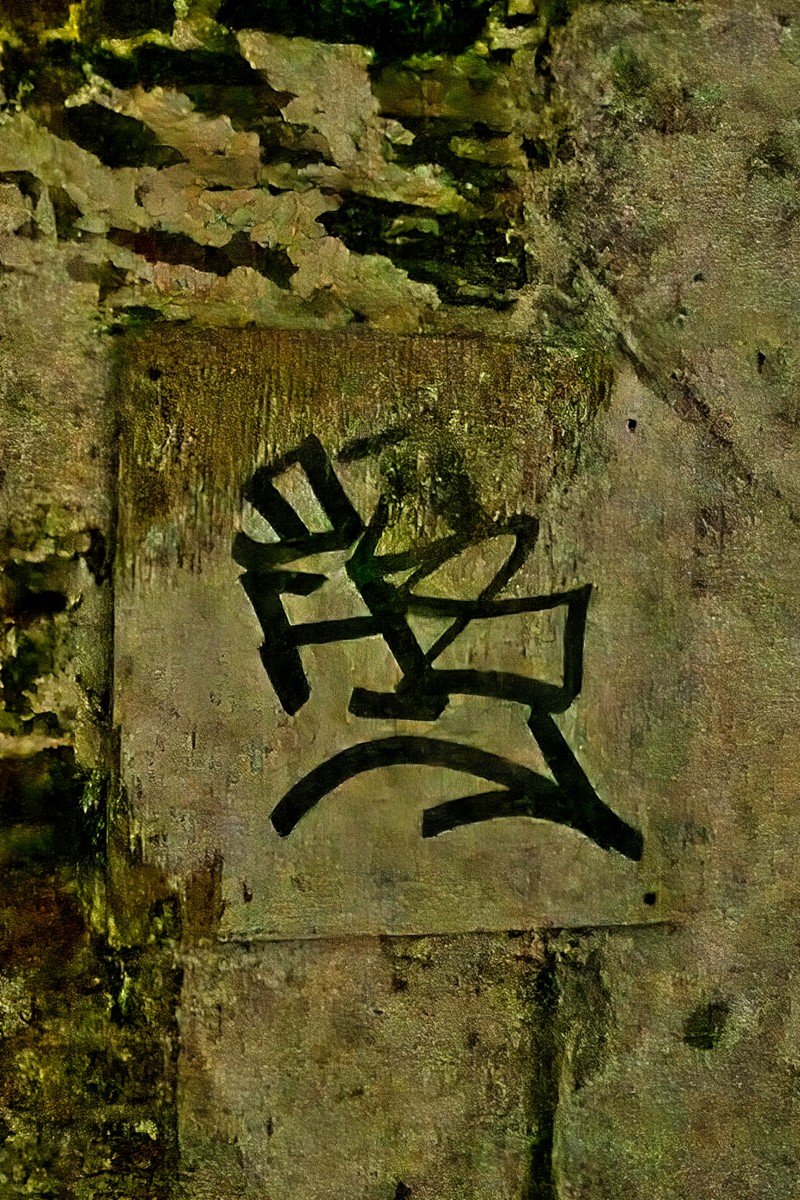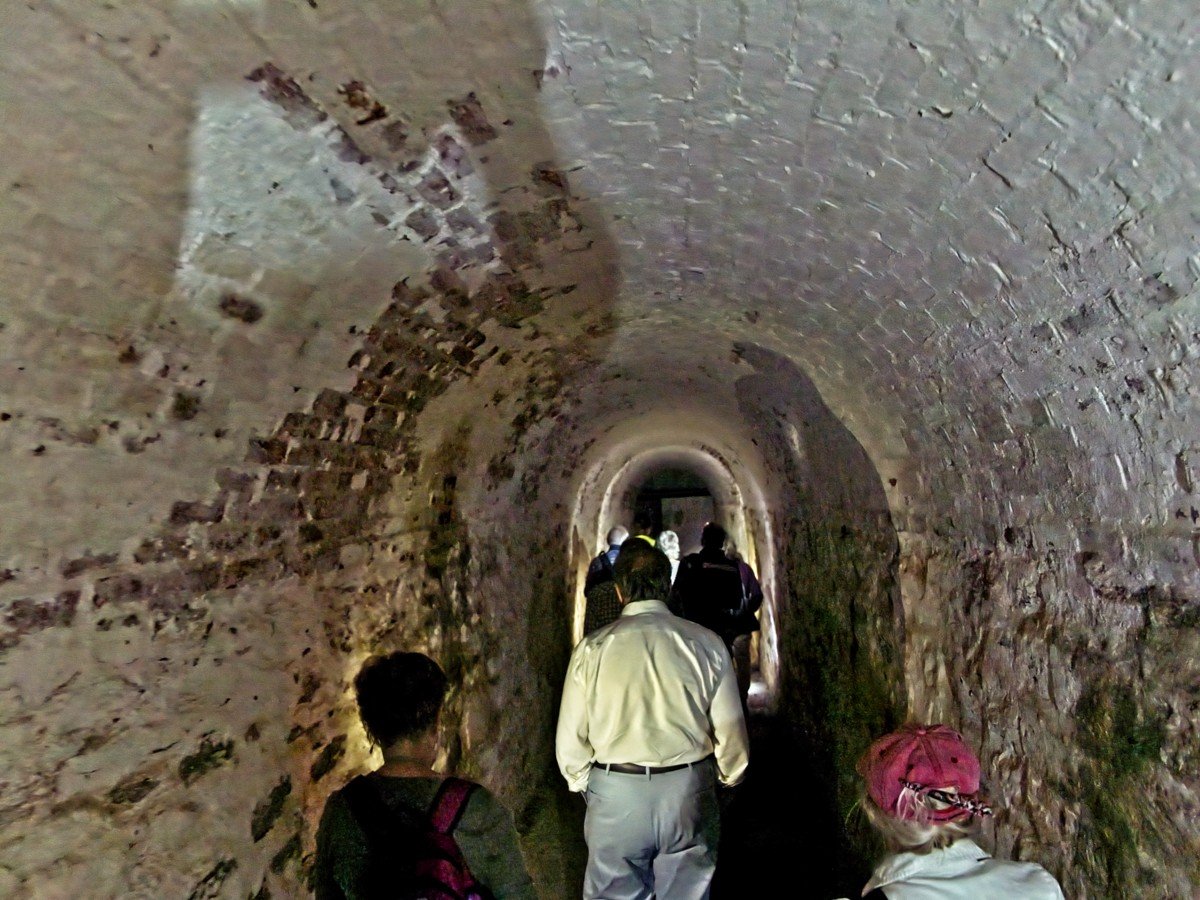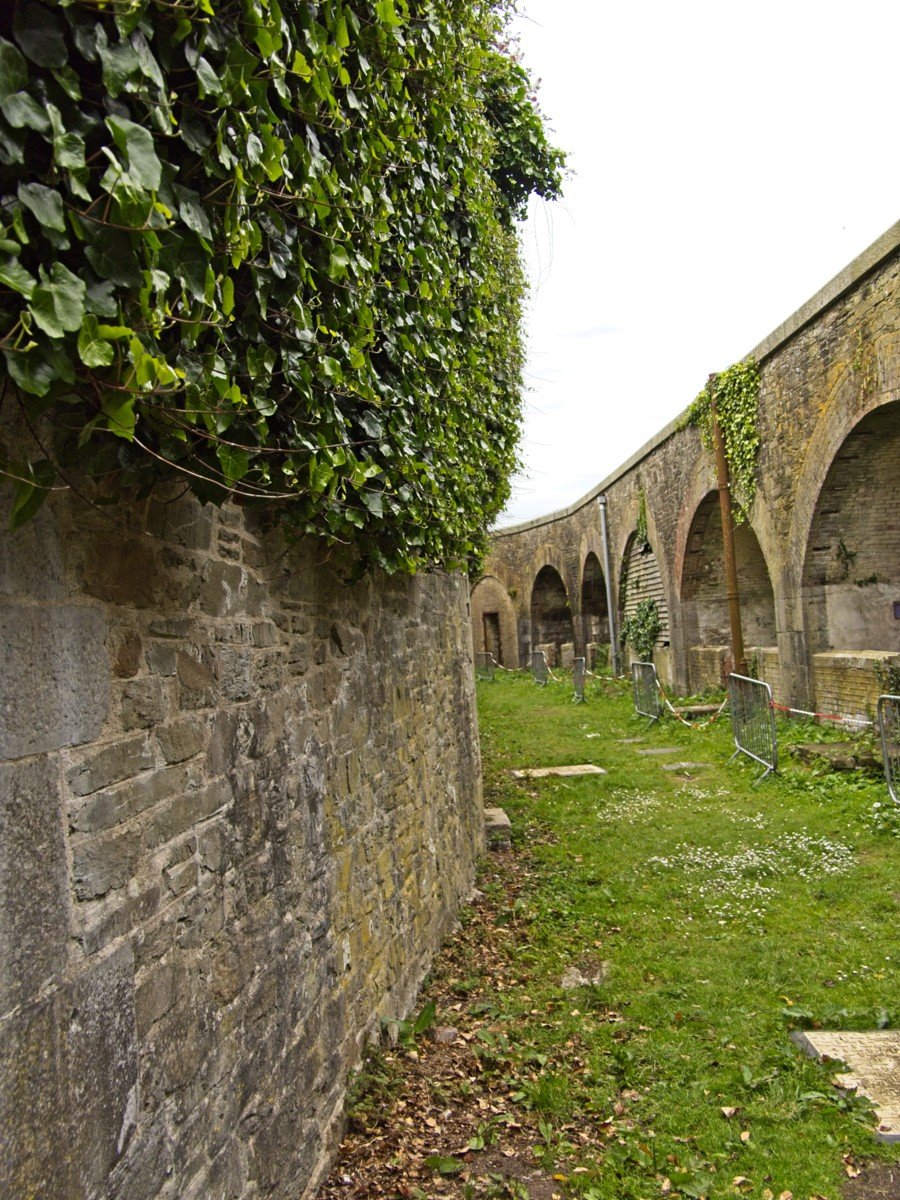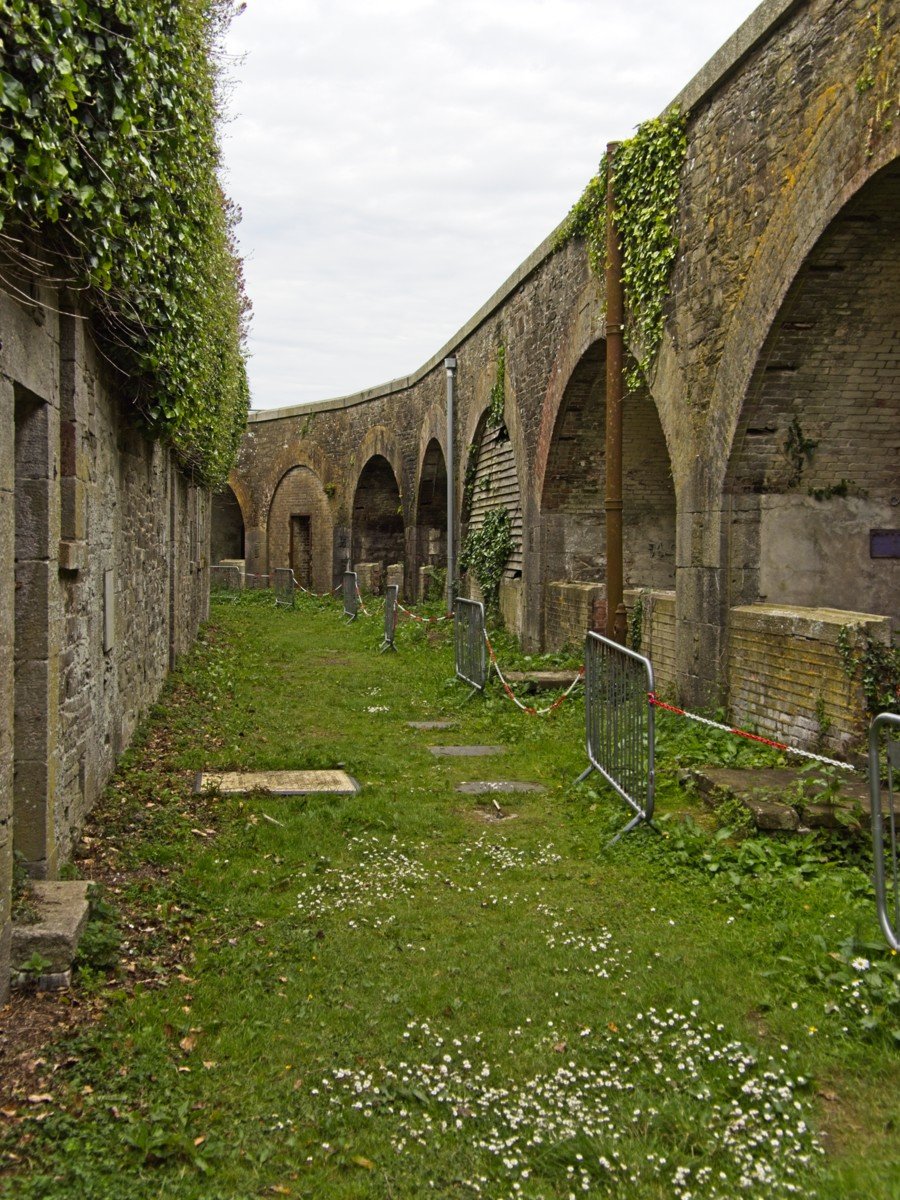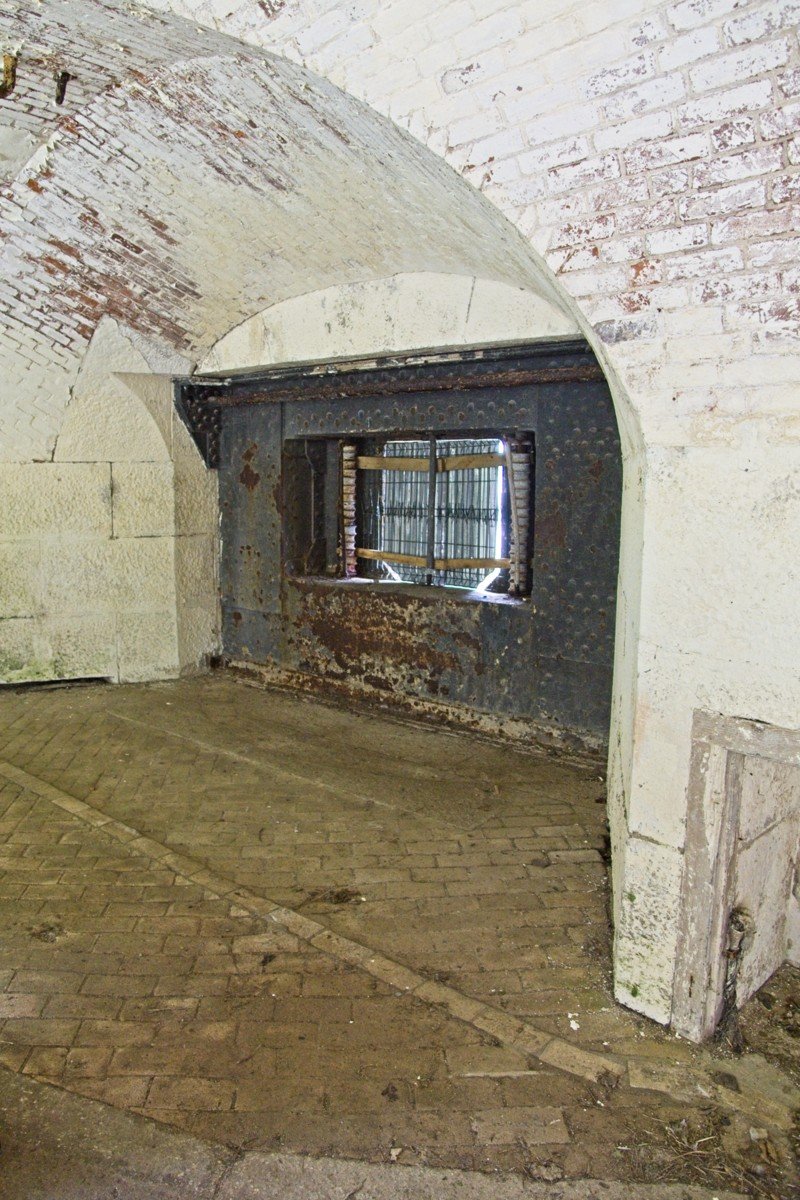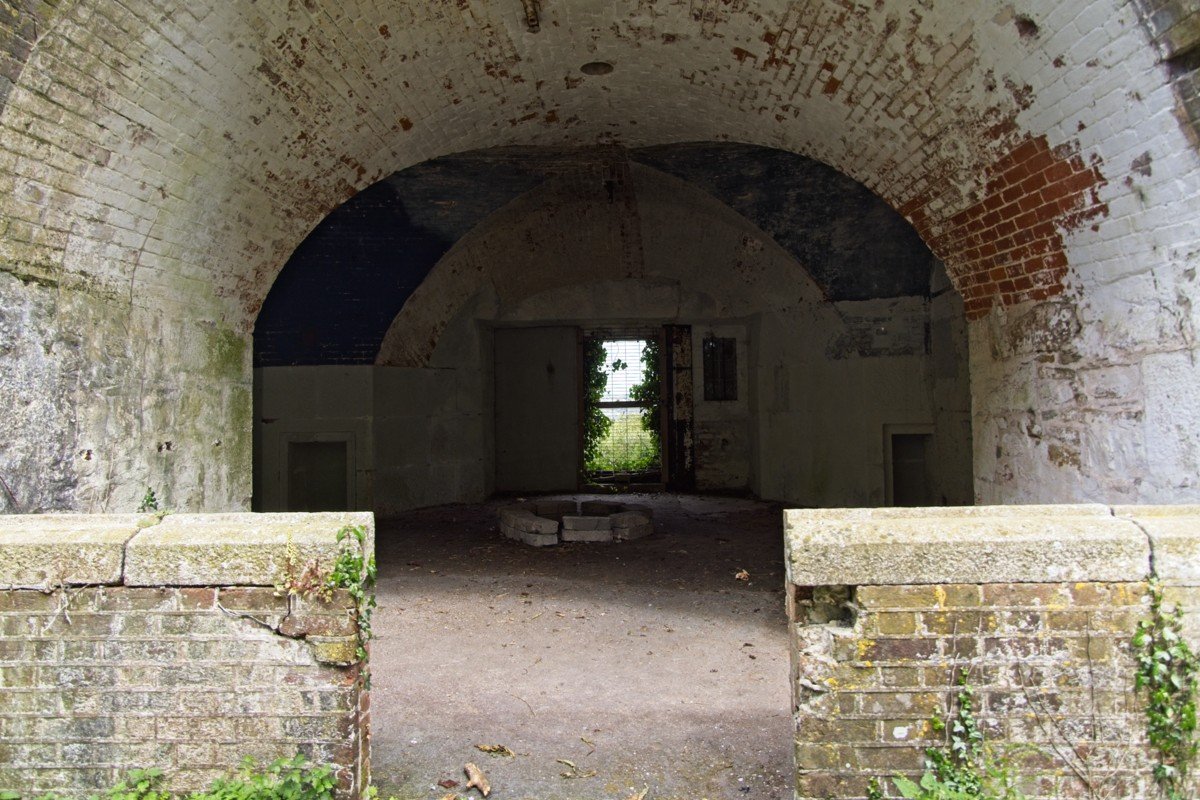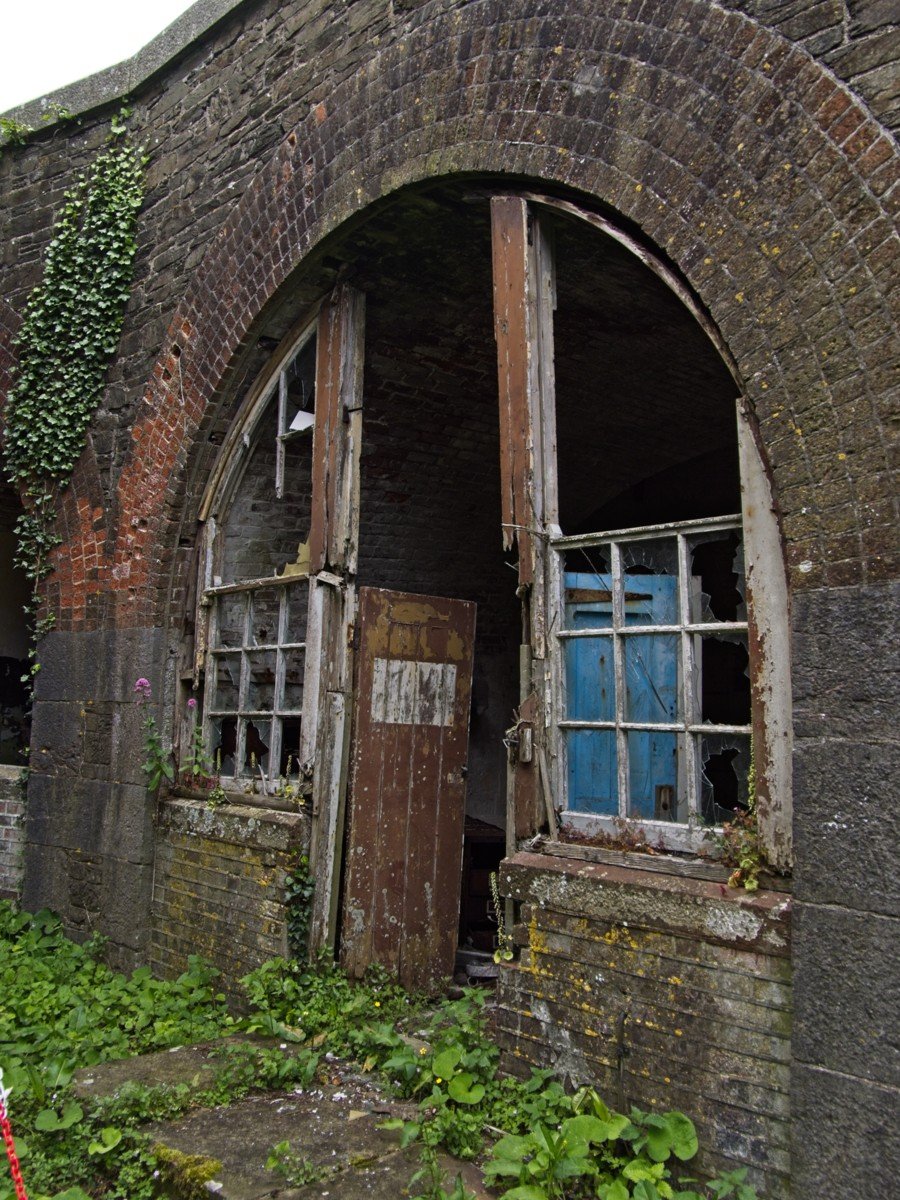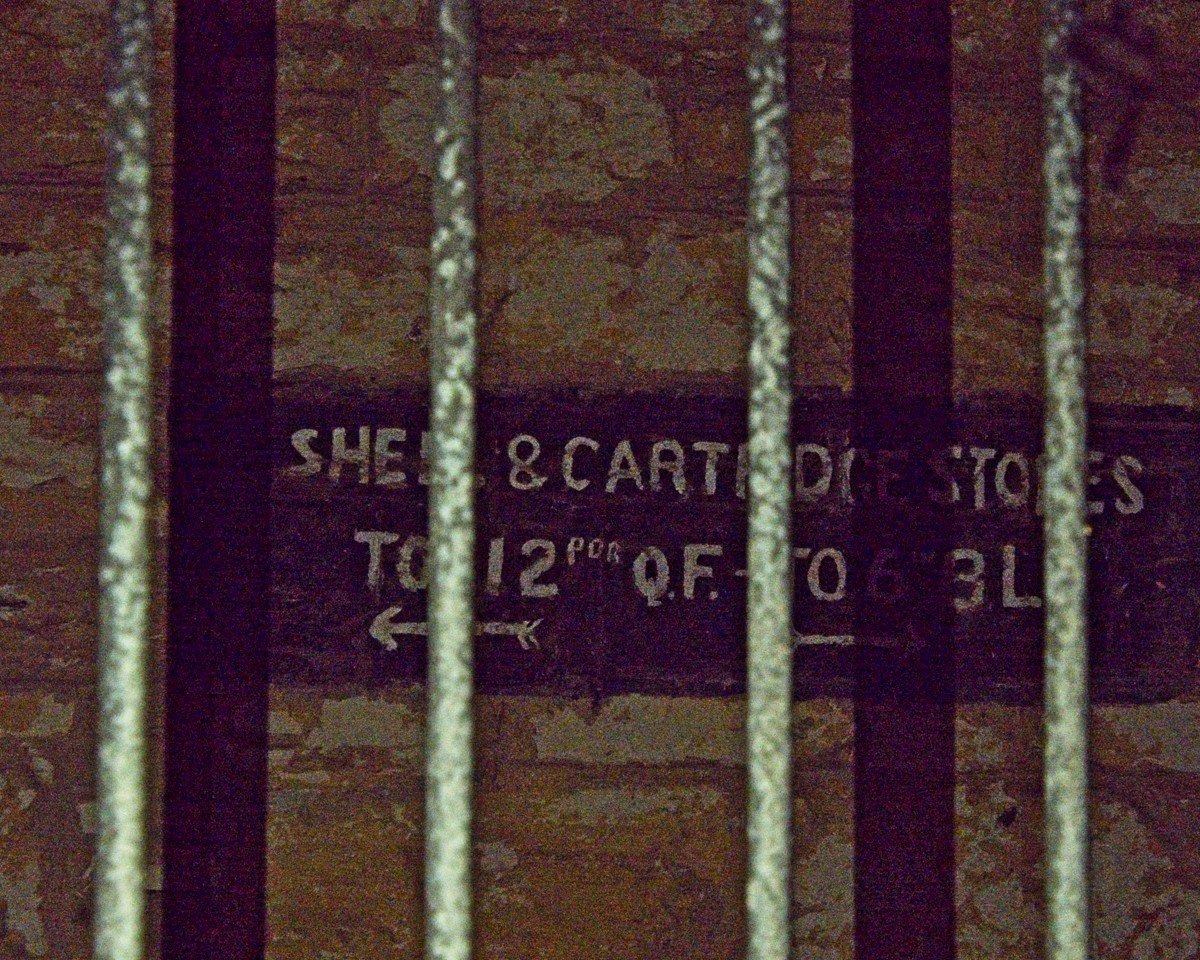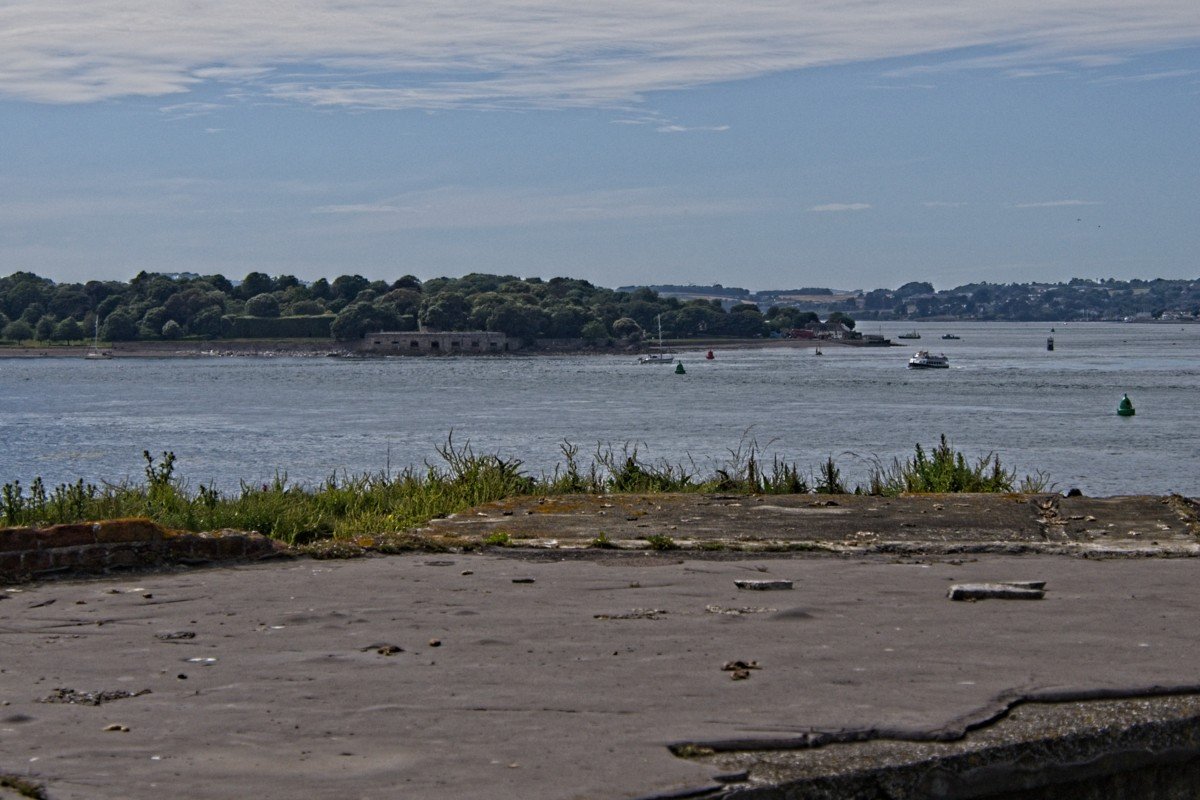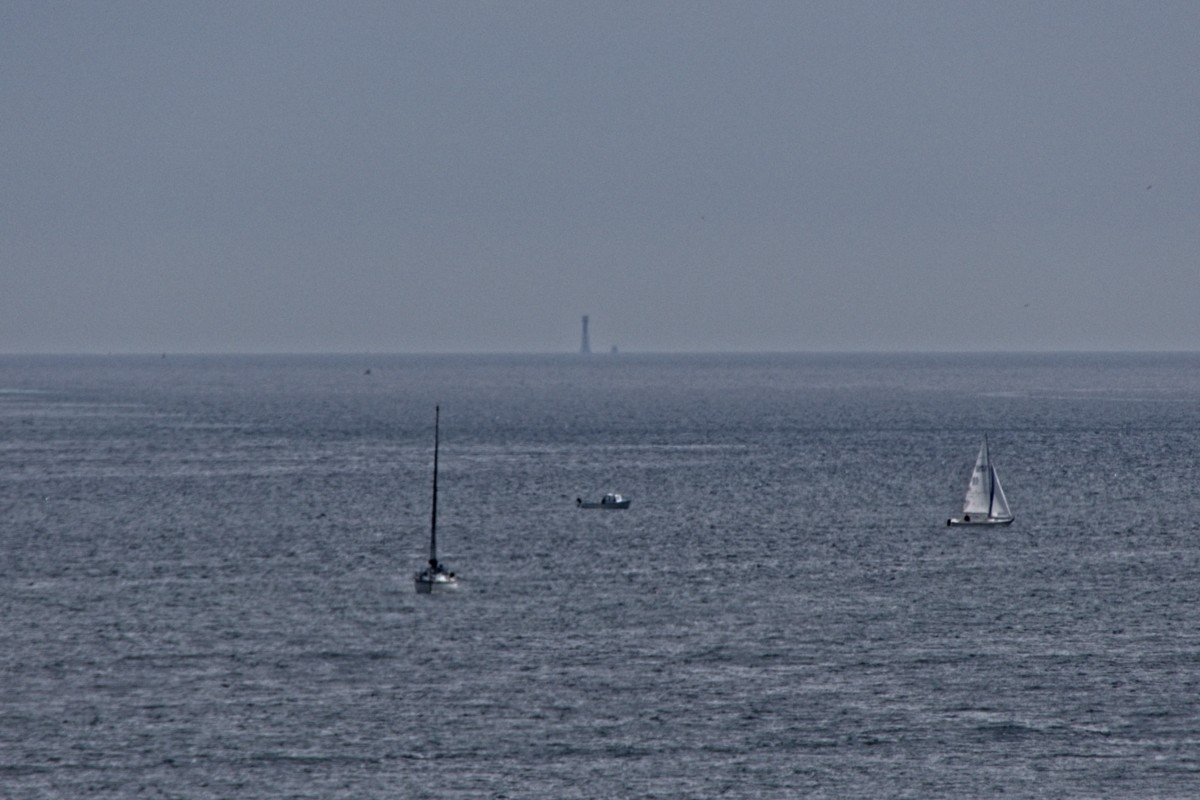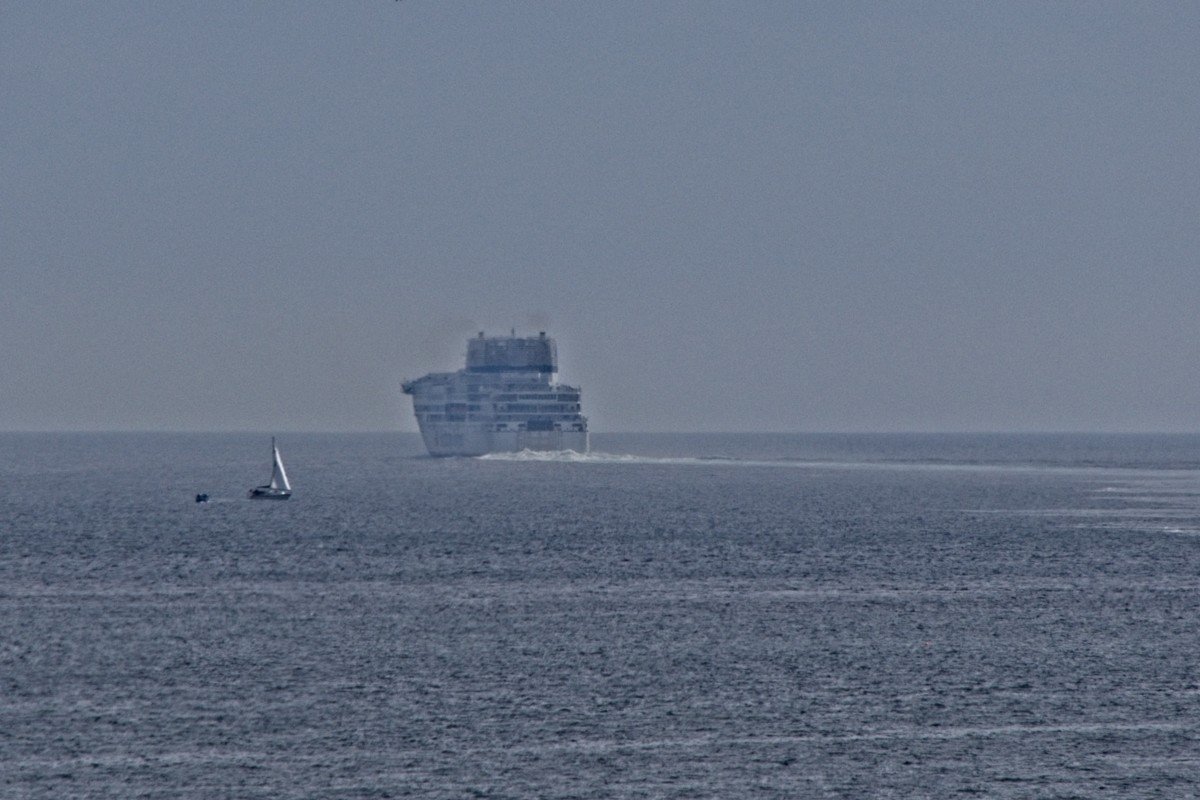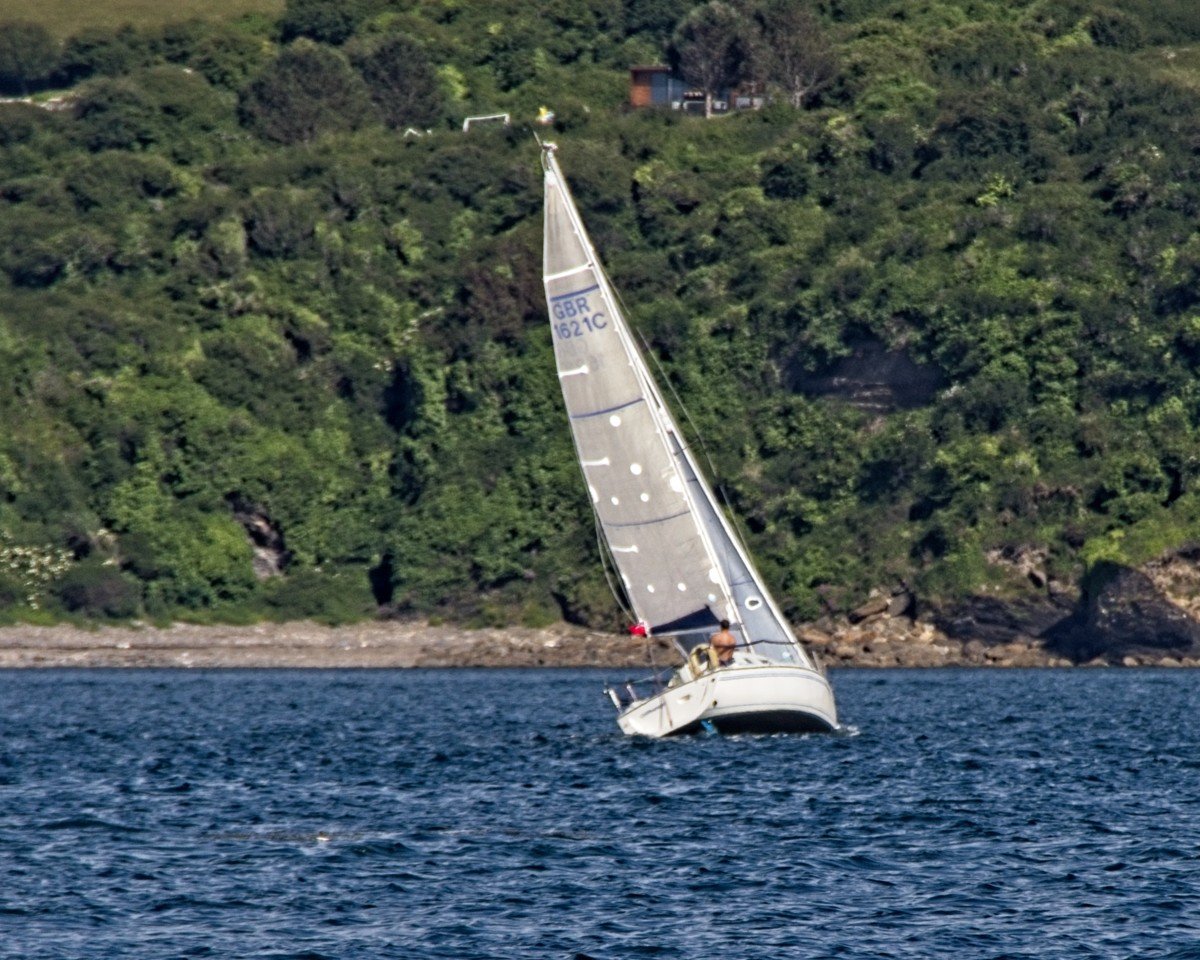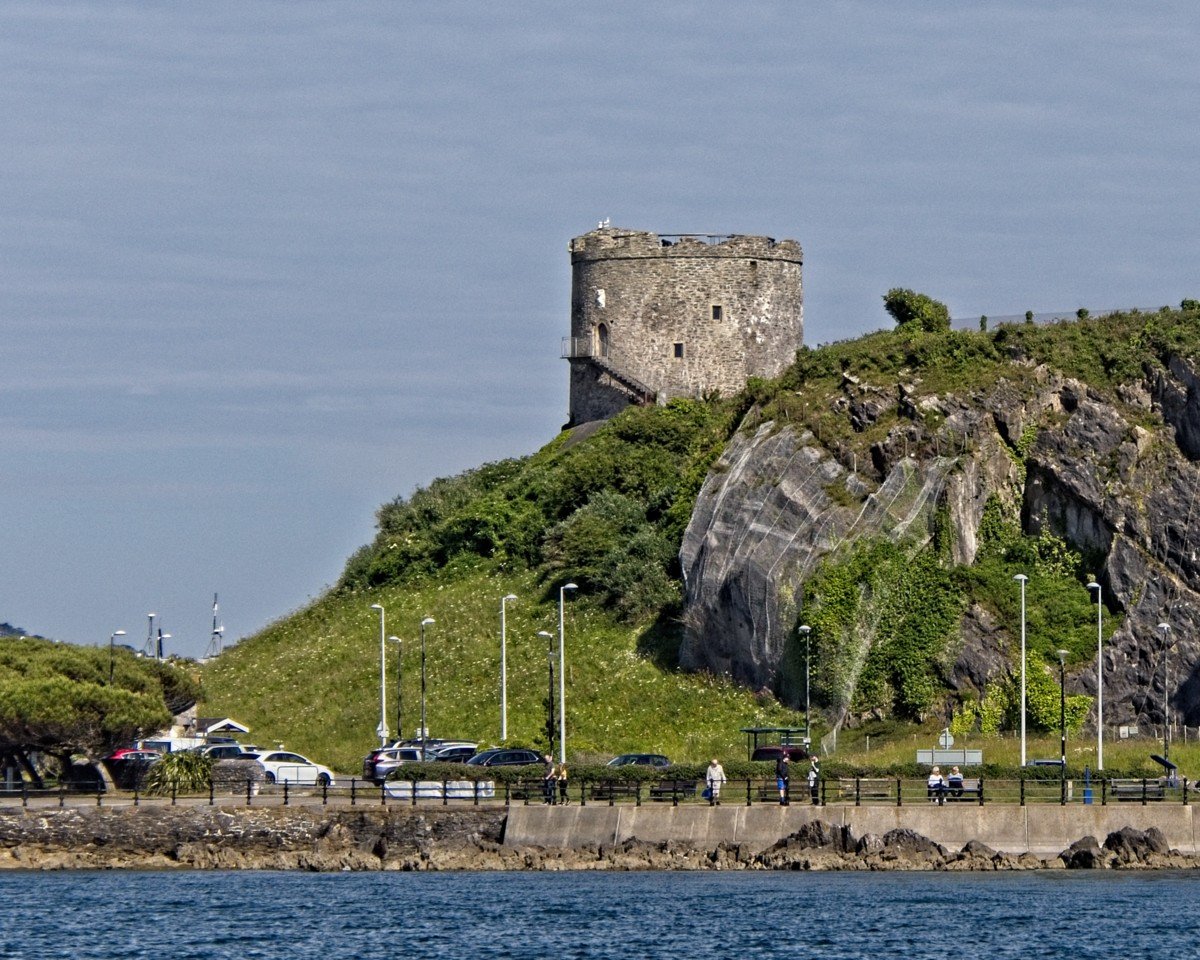DRAKE’S ISLAND
Situated in Plymouth Sound between Plymouth and the Cornish Coast, the Island started life some 400 million years ago as the fossilised remains of marine creatures which became Devonian Limestone. A little later, roughly 300 million years ago, it was an area of volcanic activity with lava and ash fusing with the limestone to form the geology of the Island.
The reign of Henry I saw the first mention of a building, a chapel, on the Island in 1135 although it was probably built earlier. The Island gained importance as a strategic defensive point in defending Plymouth when Henry VIII developed the English cannon industry which gave guns the range and power to sink enemy ships.
In 1549 the Island was a refuge for Protestants during the Western or Prayer Book uprising and subsequently became a fort when the chapel was demolished and its stone recycled to construct Tudor Artillery Towers in 1550.
In 1642 the English Civil War broke out between the supporters of the King and Parliament and the Island played a key role in helping Plymouth which had declared for parliament withstand a 4 year Royalist siege.
After the Restoration in 1660 Charles II used the Island as a state prison for 25 years housing a couple of parliamentary military commanders and local non-conformist ministers whilst it maintained its role as a fort.
Just before Capt Cook’s second circumnavigation of the World in 1772 the Island was used briefly as an observatory and played a role in successfully testing the first sea chronometers which solved the problem of determining longitude at sea.
A major update of the defences occurred in 1860 with the building of the Palmerston casemates for Drake’s Battery. These housed technologically advanced guns with the power to sink the new Ironclad Battleships. Further advances in technology to breech-loading guns led to more defence.


